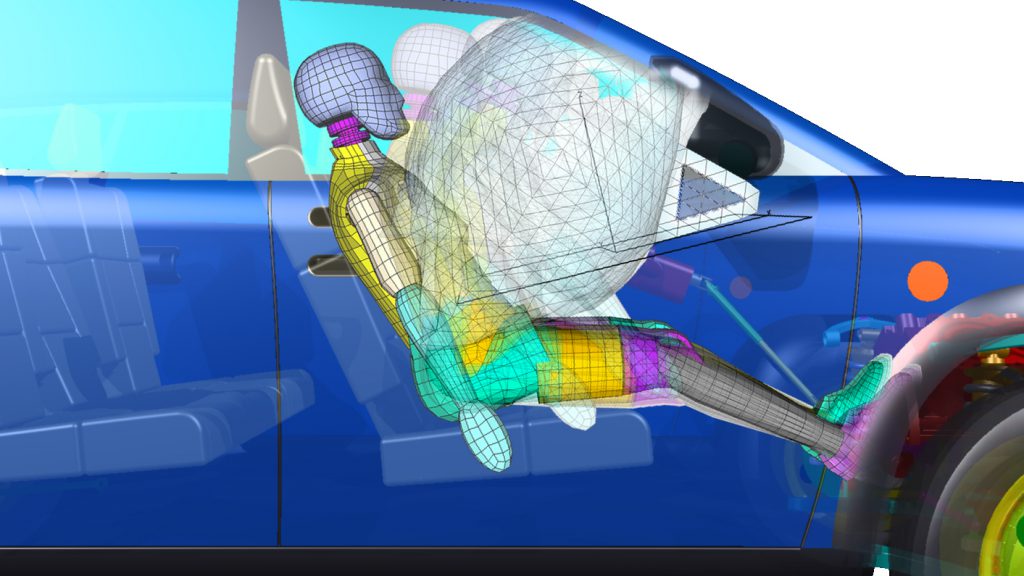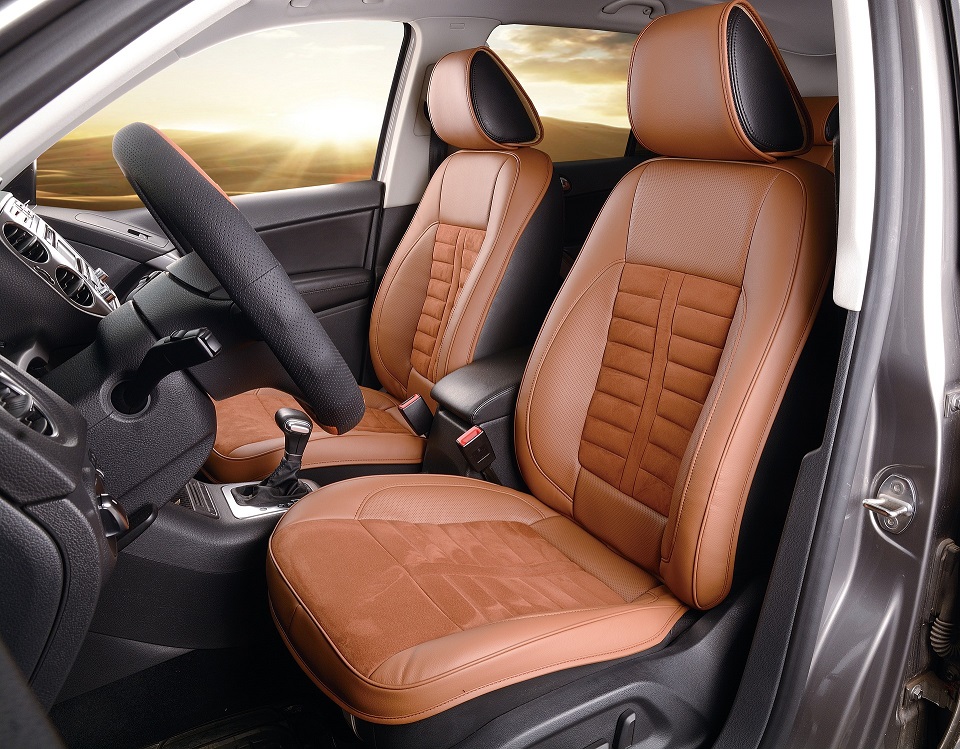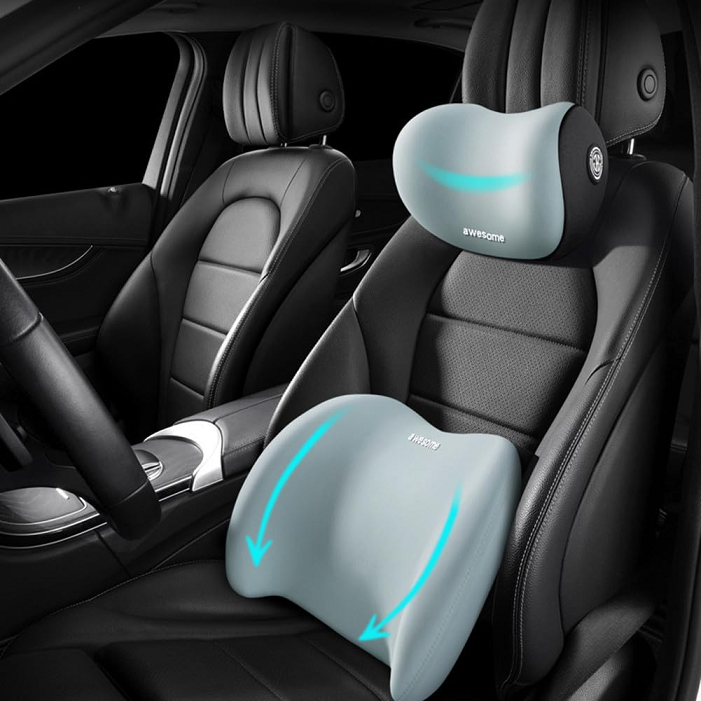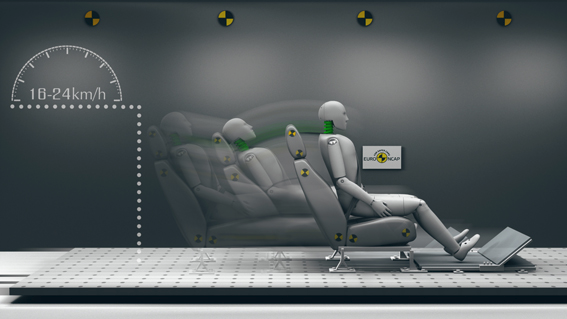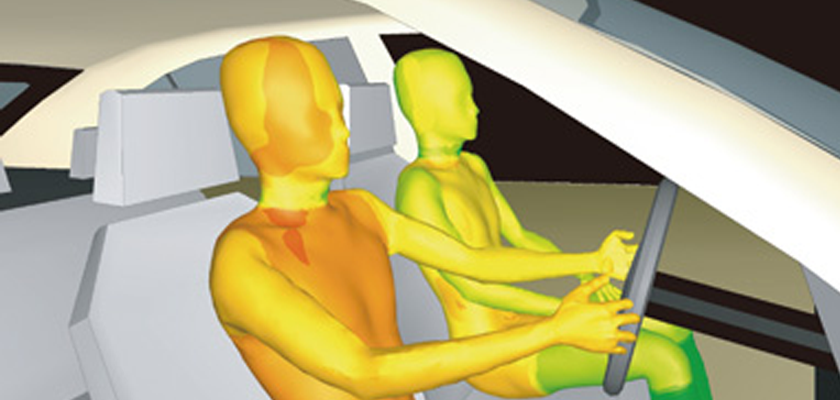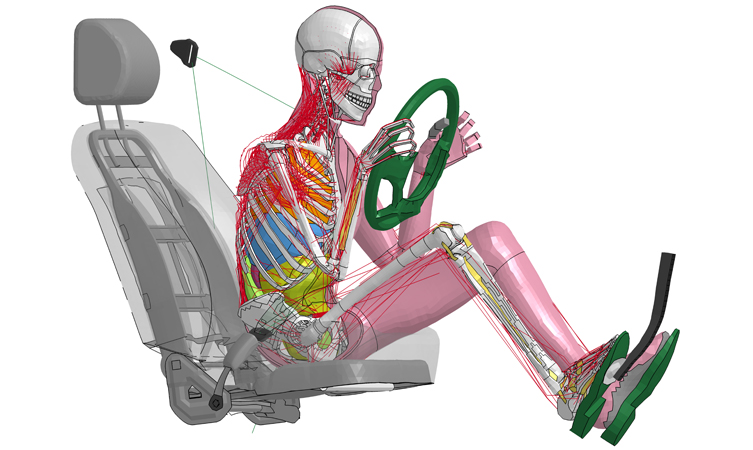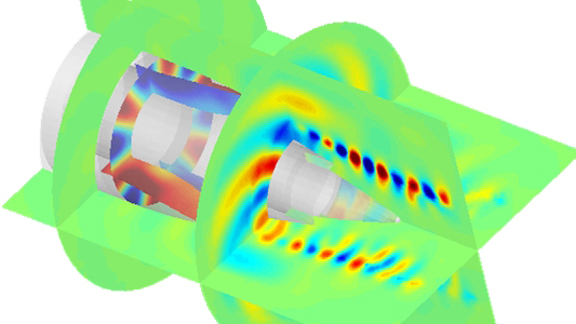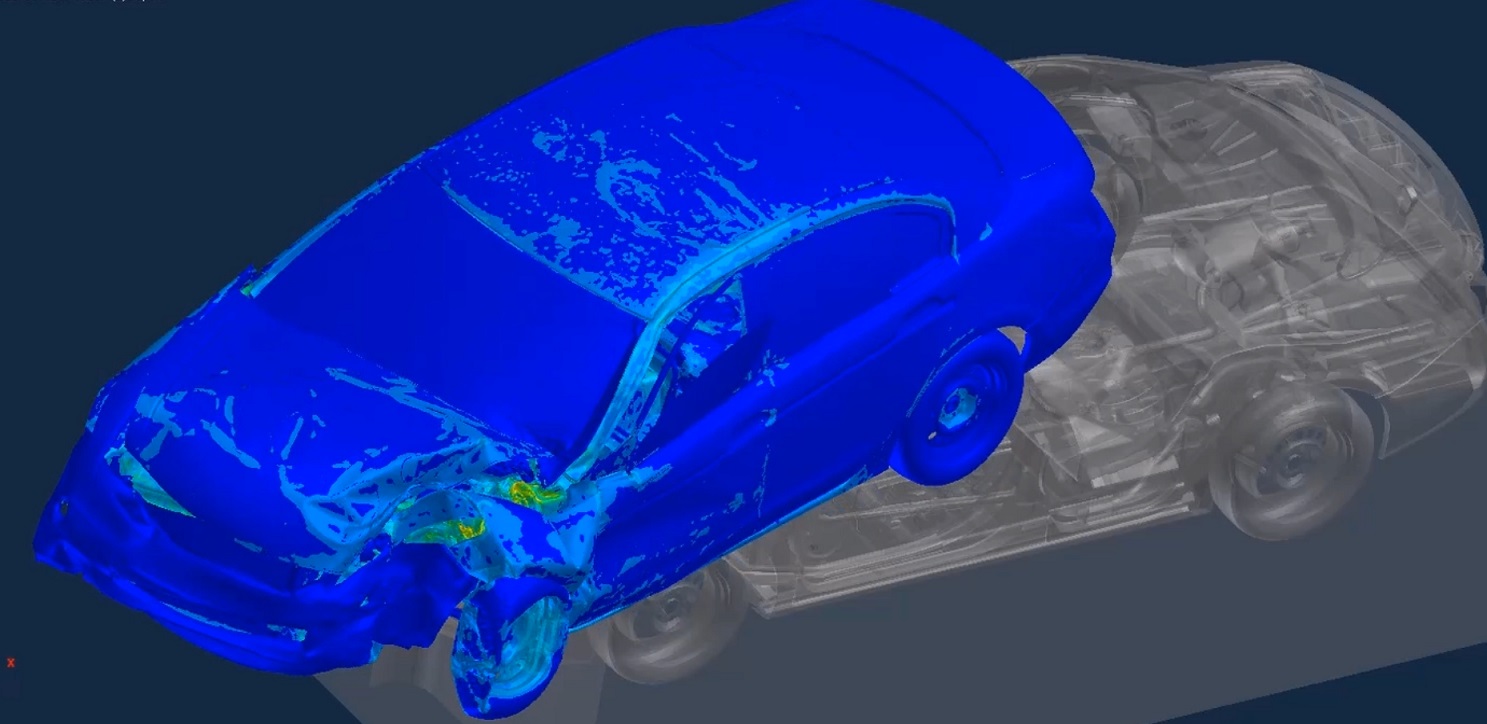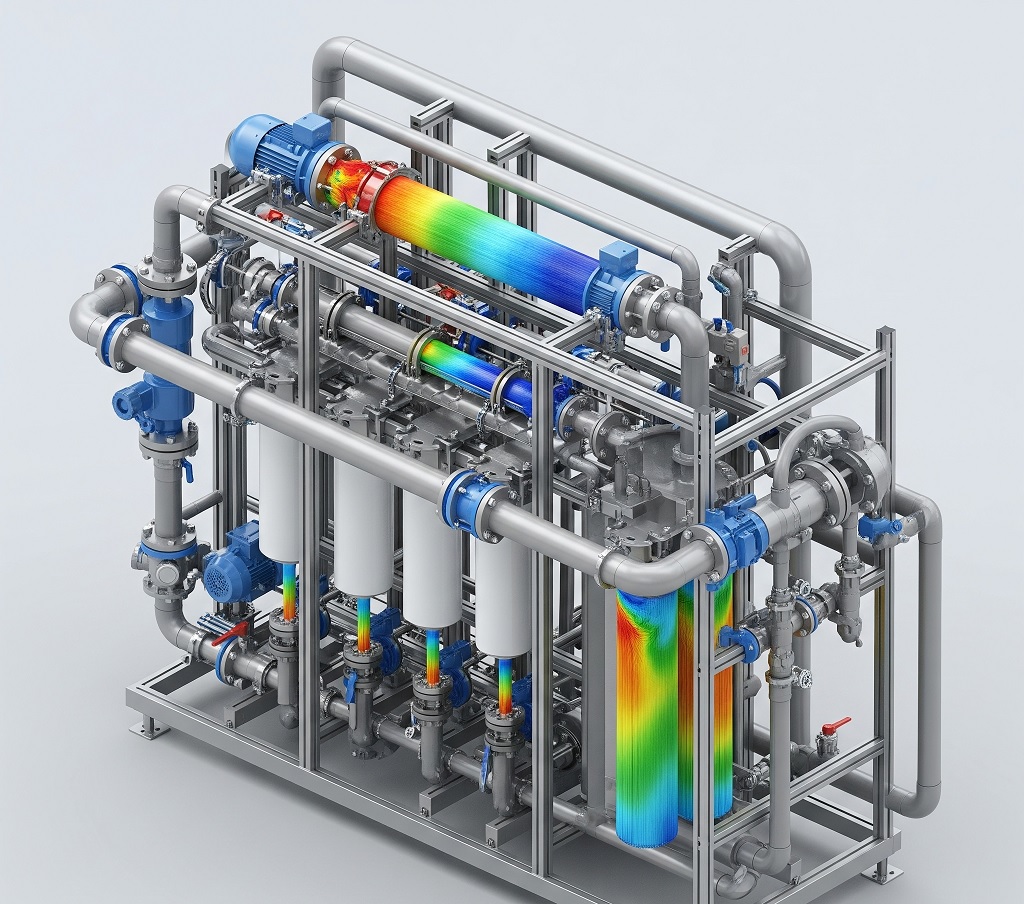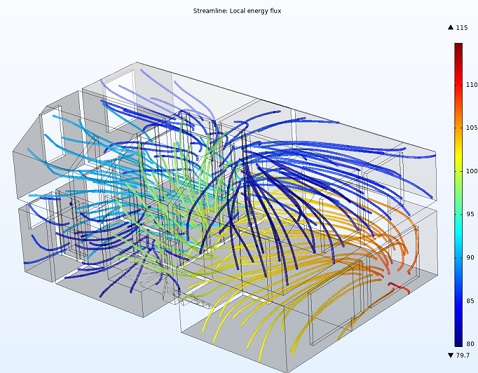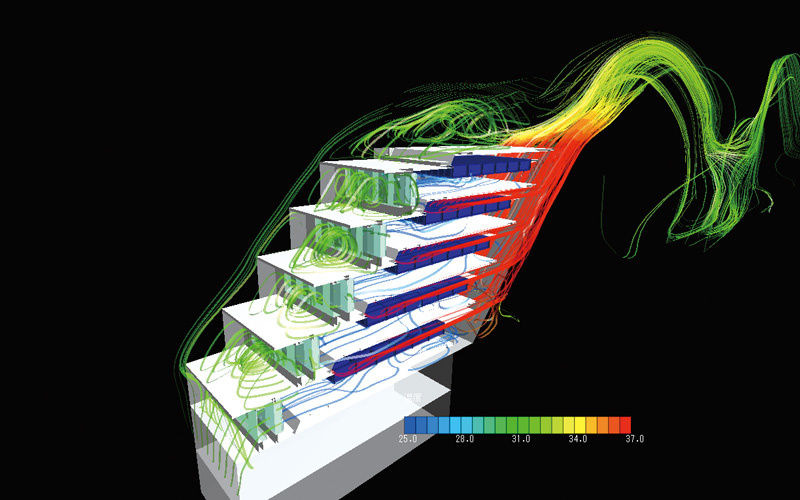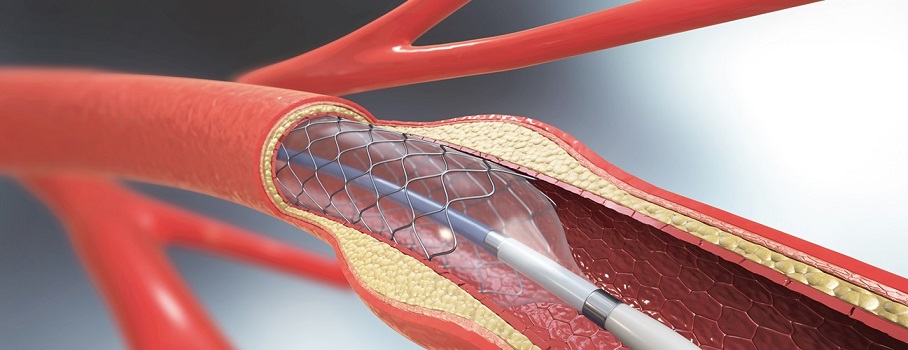The dynamic comfort design of a car seat is crucial in ensuring the comfort of the occupant and reducing driving fatigue. It involves optimizing the seat’s dynamic characteristics to isolate sensitive vibrations that may cause discomfort and fatigue in the occupant.
The primary source of vibration that affects driving fatigue is the random vibration of the vehicle and the mechanical vibration caused by uneven roads during driving. The driver experiences linear vibrations in the longitudinal, lateral, and vertical directions, as well as angular vibrations in these three directions. Vibration is transmitted to the buttocks and back of the human body through the seat, causing systemic vibration.
To improve dynamic comfort design, the following functions can be achieved using finite element simulation tools such as Ansys LS-DYNA, Simulia Abaqus, ESI Pam-Crash and Altair RADIOSS:
-
▶
Reduce the seat resonance frequency to minimize high-frequency areas most influential to the human body.
-
▶
Reduce vibration transmission rate during resonance to lessen impact below the spring.
-
▶
Minimize vibration transmission around the occupant at 10 Hz to reduce resonance influence and seat-back high-frequency vibration.
-
▶
Consider the road surface, tire, suspension, and seat–occupant as a complete dynamic system to reduce fatigue under varying road inputs.
-
▶
Optimize the seat’s dynamic characteristics to minimize energy input into the body, reduce response in sensitive frequency regions, and lower RMS acceleration transmitted.
The use of high-quality materials with excellent shock-absorbing properties, active vibration control technology, ergonomic seat shape design, and consideration of psychological comfort factors can further enhance dynamic comfort.
Seat dynamic comfort design is not only about comfort but also safety. It meets all federal regulations and crash-safety standards for automotive seats, and includes features such as side airbags, pretensioned seat belts with force limiters, and headrests that prevent whiplash injuries. Simulation results are reported according to ISO 2631 (Mechanical vibration and shock — Evaluation of human exposure to whole-body vibration).
